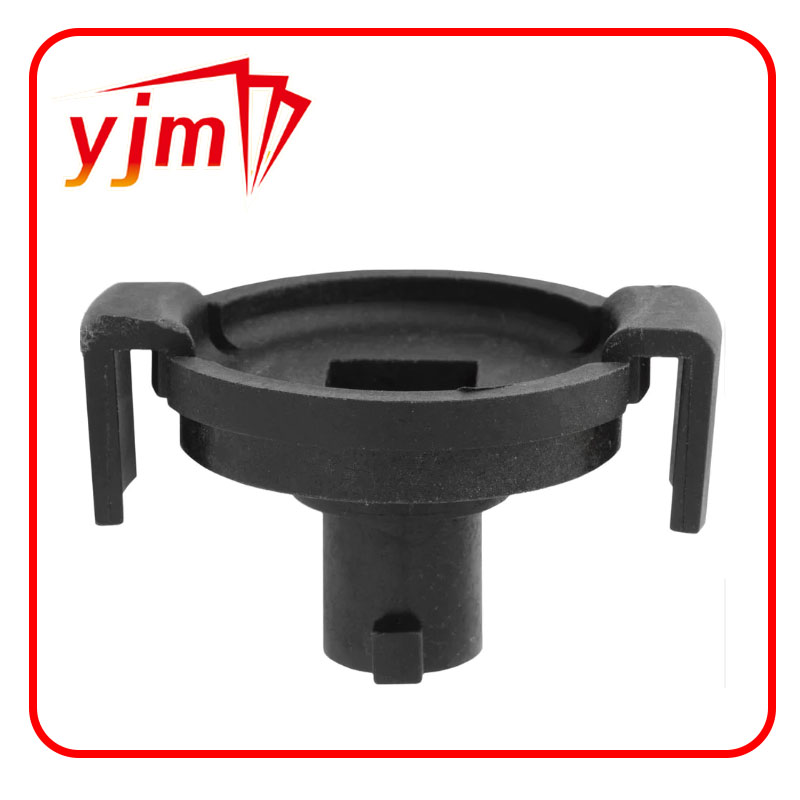sump pan gasket
Understanding the Importance of Sump Pan Gaskets in Engine Maintenance
In the world of automotive maintenance and repair, there are numerous components that play critical roles in ensuring a vehicle's efficient operation. One such component is the sump pan gasket, an often-overlooked element that plays a vital part in protecting the engine's integrity and performance. Understanding the function and importance of the sump pan gasket can help vehicle owners appreciate its role in overall engine health.
What is a Sump Pan Gasket?
The sump pan gasket, also known as the oil pan gasket, is a seal that sits between the oil pan and the engine block. The oil pan itself is a reservoir that collects the engine's oil, which lubricates the moving parts and helps to keep the engine cool. The gasket's primary purpose is to create a leak-proof seal that prevents oil from escaping the oil pan and from contaminants entering the engine.
Importance of the Sump Pan Gasket
1. Oil Containment The primary function of the sump pan gasket is to contain the oil within the oil pan. Without a proper seal, oil can leak out, leading to low oil levels. This can result in the engine running dry, causing severe damage and potentially catastrophic engine failure.
2. Preventing Contamination Another critical function of the gasket is to prevent dirt, dust, or moisture from entering the engine. A failed gasket can allow external contaminants into the oil system, which can compromise oil quality and, in turn, the overall health of the engine.
3. Maintaining Optimal Oil Pressure The sump pan gasket contributes to maintaining appropriate oil pressure within the engine. If the gasket fails and oil leaks occur, it can lead to pressure drops that result in inadequate lubrication of engine components, increasing the risk of wear and tear.
sump pan gasket

4. Environmentally Responsible Oil leaks not only threaten the engine’s health but also the environment. A damaged sump pan gasket can lead to oil spills that contaminate soil and water, creating ecological hazards. Regular maintenance of the gasket can help in reducing such environmental risks.
Signs of a Failing Sump Pan Gasket
Recognizing a failing sump pan gasket early can save you a lot of trouble and expense. Here are some common signs to watch out for
- Oil Puddles If you notice oil spots under your vehicle, it might indicate a leak from the oil pan. Check your oil levels regularly. - Oil Warning Light If the oil warning light on your dashboard illuminates, it may signify low oil pressure due to leaks. - Burning Oil Smell If you smell burning oil, it could mean leaking oil is hitting hot engine components. - Engine Noise Inadequate lubrication can lead to increased engine noise from wear and tear on components.
Maintenance and Replacement
Given the significance of the sump pan gasket, regular inspection and maintenance are crucial. If you notice any symptoms of a faulty gasket or if your vehicle is due for an oil change, it might be a good time to have the gasket inspected. Replacing a sump pan gasket is generally a straightforward procedure, but it is vital to ensure it is done correctly to prevent future leaks.
Conclusion
The sump pan gasket may seem like a small and trivial component in the broader scope of engine maintenance, but its role is undeniably critical. Regular checks and timely replacements can help keep your engine running smoothly, avoid costly repairs, and ensure that your vehicle remains environmentally friendly. By understanding the importance of the sump pan gasket, vehicle owners can contribute to the longevity and health of their engines.
-
Simplifying Oil Changes: A Comprehensive Guide to Oil Drain Plugs and Their Variants
News Aug.04,2025
-
Mastering Oil Drain Maintenance: Solutions for Stripped, Worn, and Upgraded Oil Plugs
News Aug.04,2025
-
Fixing Oil Pan Plug Issues: Leaks, Stripped Nuts, and the Right Replacement Solutions
News Aug.04,2025
-
Everything You Need to Know About Oil Drain Plugs: Sizes, Fixes, and Upgrades
News Aug.04,2025
-
Choosing the Right Oil Drain Plug: A Guide to Sizes, Materials, and Drain Innovations
News Aug.04,2025
-
A Complete Guide to Automotive Drain Plugs: Types, Problems, and Innovative Solutions
News Aug.04,2025
-
The Ultimate Guide to Car Repair Kits: Tools and Essentials Every Driver Should Own
News Aug.01,2025
Products categories















